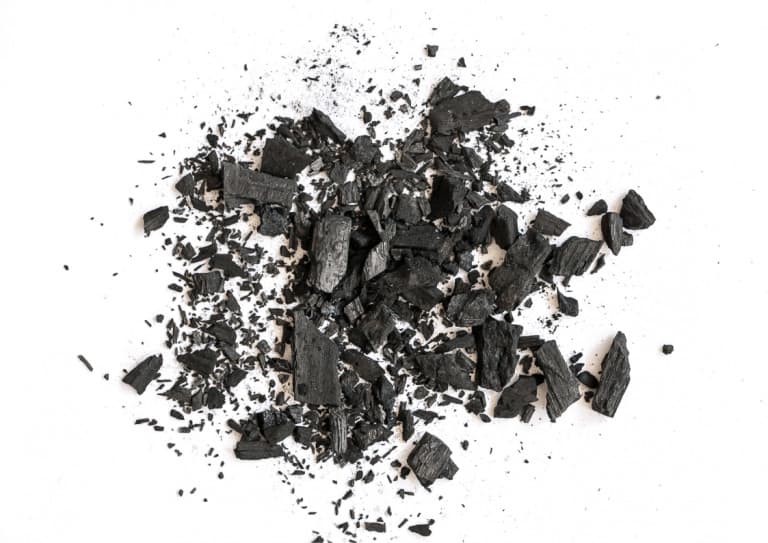The Best Soil Mix For Philodendron Xanadu (Soil Recipe)
-
Chris Dosser
- December 27, 2021
If you buy something using the retail links in our articles, sometimes we earn a small affiliate commission. This does not impact the products we recommend.
Philodendron xanadu is a terrestrial species which has a natural distribution in the tropical and subtropical climates of South America, particularly Brazil and Paraguay.
Any potting mix designed to sustain this beautiful plant inside your home must take its natural environment into consideration, and best match the growing medium found at the ground layer of rainforests.
From our experience the best soil mix for Philodendron xanadu is a mixture of coco husk (20%), bark (20%), charcoal (20%), pumice (20%), and worm castings (20%). This combination creates a medium which is free draining, can retain and release water slowly to the roots, creates a structure which is aerated whilst providing natural fertilisation.
Buying each of these elements individually can be impractical and expensive (which is why we pick up our soil from a top Etsy store – Plants For All Seasons), so as a fall back option it’s possible to improve a standard loam soil with some aggregate such horticultural grit.
Although peat moss has long been used as a base for houseplant soil mixtures, it is a finite resource , carbon capturing resource which should be avoided.

The ingredients for a top Philodendron soil mix
All indoor plant potting soil, no matter the target species will be composed of a base with additions to improve aeration and nutrient availability.
For our philodendron mix, the base is created by coco husk, bark and charcoal, which all contribute to aeration, water retention and a slow release source of nutrients.
Pumice has a primary function of aeration but adds a small degree of water retention, whilst worm castings are included as a source of slow release nutrients.
Let’s have a look at what each of the elements add to the mix.

Coco husk
Starting with coco husk (as opposed to coconut coir) means our mix already has a structure that promotes aeration and prevents compaction occurring around the root system.
As the coconut husk is chipped as opposed to milled, the chips remain large enough to absorb water and release it slowly back to the plant.
Unlike soils, coconut by-products have been proven to resist bacterial mold and fungus whilst increasing beneficial bacteria surrounding the root system. Nutrients including potassium, iron and manganese are also slowly released to the plant as the husk breaks down over time.
As for proportions, overall you want to try to achieve a soil mix which is made up from 60% base growing medium (coco husk, bark and charcoal) with 40% of ingredients given over to promote aeration (pumice) and nutrition (worm castings).

Bark
Bark chips increase moisture retention and reduce water evaporation, so watering is required less frequently. Similar to the coconut husk, the flakes of bark create an open structure which aids drainage and aeration.

Charcoal
The inclusion of 5-6mm horticultural charcoal (biochar) into the soil mix has multiple benefits for Philodendron xanadu including improved drainage and water retention.
As charcoal is incredibly stable, there is no risk of it breaking down and collapsing around the plant roots – no matter how long the plant lives for.
There is also the belief that biochar promotes the presence of beneficial soil microbes.

Pumice
Pumice grit (2-4mm in size) is a sterile and pH neutral aggregate that prevents the xanadu soil mix from becoming soggy. Even when overwatering accidentally occurs.
Similar to LECA the porous nature of the rock allows water to be soaked up and provided back to the plant roots slowly over time.
A little more weighty than the more commonly used perlite, the pumice will remain dispersed throughout the soil mixture rather than accumulate at either the top or settling at the bottom of the pot.

Worm castings
Worm castings, or vermicast, is poo produced by earthworms as they digest organic matter.
This means it’s a superb organic source of nutrients which provide nitrogen, phosphorus and potassium in a ration of 5:5:3.
As the humus breaks down slowly over time it will also provide a source of iron, sulfur and calcium.
Our Favorite Houseplant Soil Mixes And Substrate
Round up
Whilst Philodendron xanadu has proven to be adaptable and resilient when faced with inferior growing medium, the optimal soil mix will always include structure that promotes aeration, and organic matter that allows water to be retained whilst providing a source of nutrients.
For our best performing xanadu soil mix the structure is provided by coco husk, bark chips and charcoal, aeration by pumice grit and nutrients by worm castings.

Chris Dosser
Co-Founder of Eden Indoors
Chris is a self-taught horticulturist with over a decade of experience caring for houseplants and creating lush, thriving indoor oases. He specializes in Monstera, and by self admission has a serious problem with buying and propagating rare indoor plants!
Similar Posts
7 Houseplants That Are Not Poisonous To Cats (With Images)
Learn why are some plants poisonous to cats, and which houseplants are harmless to bring into a home that is shared with feline friends?
Are Calathea Houseplants Poisonous To Cats? {SOLVED}
We explore whether it safe to introduce Calathea into your home office should you work from home alongside your feline friend.



